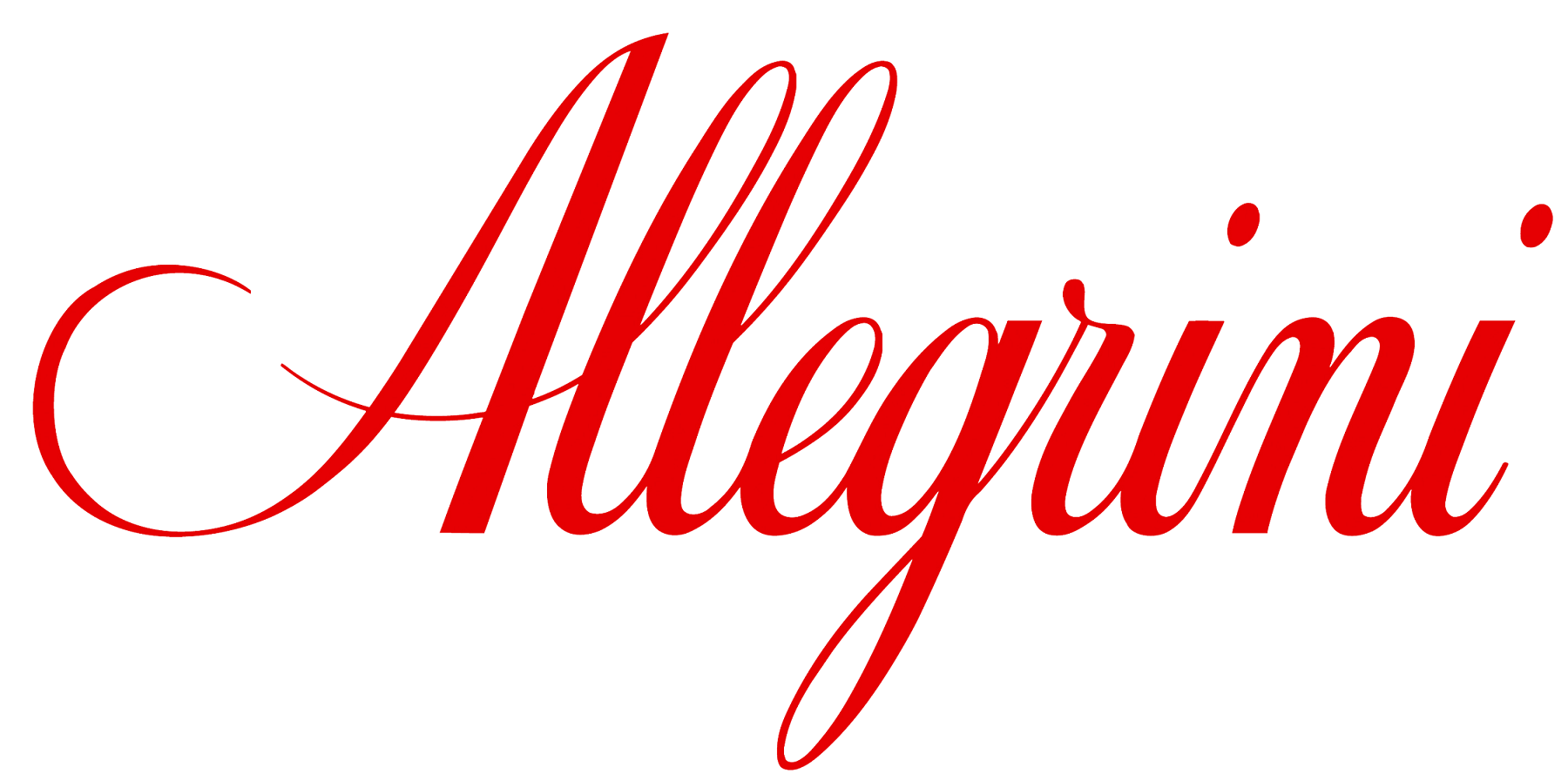Allegrini, `La Poja`


Vintage: 2019
| Vintage | Product Code | Format | Closure | Availability |
|---|---|---|---|---|
| 2019 | AL205B19 | 6 x 75 | Natural Cork | Available |
| 2019 | AL205M19 | 1 x 150 | Natural Cork | Available |
Producer
Since Giovanni Allegrini first bottled wines from the family vineyards in the 1960s, Allegrini have championed site-specific winemaking that celebrates Valpolicella’s diverse sites, soils, and microclimates. With centuries of grape-growing heritage, the family now cultivates 120 hectares of vines in the heart of Valpolicella Classico, including the famed ‘La Grola’ vineyard, the first planted with predominantly Corvina. Today, the current generation continues to make wines of exceptional quality, setting the benchmark for fine Valpolicella.
When Giovanni passed in 1983, his children, Walter, Marilisa, and Franco, inherited his passion for quality winemaking and viticulture. They built upon Giovanni’s vision, recognising the potential of Corvina in producing fine wines during a period where international varieties were favoured. Franco also played a pivotal role in perfecting the ‘appassimento’ method, building the Terre di Fumane, a drying facility which has revolutionised the process not just for Allegrini but for Valpolicella as a whole.
In 2023, Franco’s sons Francesco, Giovanni, and Matteo, alongside their cousin Silvia Allegrini (Walter’s daughter), took the reins of the family estate. Together, they are continuing their family legacy with an unwavering commitment to quality and innovation. This is reflected in ‘Grola’, a new Valpolicella Classico Superiore wine which builds upon the legacy of the ‘La Grola’ vineyard. By reducing yields, embracing gentler extraction, and including Rondinella in this Corvina-dominant blend, Allegrini have created a wine that further elevates the reputation of this acclaimed site.
Allegrini’s Valpolicella has lovely intensity of red cherry fruit, lifted perfumes, and a ripe yet zesty character on the palate. From the 2007 vintage, Allegrini have sacrificed the Valpolicella Classico classification by bottling this wine under Stelvin to eliminate cork taint and reduce oxidation problems. The ‘Palazzo della Torre’, a ‘baby Amarone’, is made from a blend of fresh and dried grapes. It is plush, rounded, and expressive. The Amarone is outstanding, offering an intense yet balanced expression. The Giovanni Allegrini Recioto Classico, named after the winery's famous founder, is bursting with fruit and notes of cherry intertwined with pepper and thyme. Allegrini also produce a white wine from the Lugana denomination, defined by lively acidity, which balances the natural richness of the Turbiana grape. The resulting wine is stylish and elegant, defined by classic floral aromas and hints of almonds.
The ‘La Poja’ remains Allegrini’s flagship wine. Hailing from a 2.6-hectare, calcareous plateau atop the ‘La Grola’ vineyard, this 100% Corvina is the original ‘Super Veronese’. It exemplifies how this variety can produce remarkable fine wines, defined by elegance and complexity, when made by a top producer from an exceptional site.
Vineyards
Located at the top of La Grola, Sant'Ambrogio di Valpolicella, 320 metres above sea level, the vineyard comprises 2.65 hectares planted in 1979 by Giovanni Allegrini with a south-east exposure. The soil is well drained, calcareous (78.5% chalk) and stony. Soils are marginally alkaline and combine with the active limestone content to reduce the vines' vigour. The vines are double Guyot trained at a density of approximately 4,240 vines per hectare.
Vintage
The 2019 harvest was a return to a more classic harvest schedule, compared to previous year, beginning in mid-September and ended in mid-October. The season started with a mild winter. There was very little rainfall in March and April which greatly reduced risks of mildew damage. In May however, rainfall came and temperatures dropped very low. This changed the growth-cycle of all plants in the area. This was followed by a cool, dry summer, which is why one can expect wines from this vintage to have finesse and elegance.
Vinification
The grapes were hand harvested at the beginning of October, and carefully sorted in the vineyard for ripeness. Upon arrival at the winery, the grapes were destemmed and crushed with a maceration lasting 12 to 15 days with continuous pumping over. Fermentation took place in temperature controlled stainless steel tank between 22-31ºC. The wine was then racked into new French oak barriques where it aged for a minimum of 20 months, followed by eight months in large Slavonian oak casks. The wine was left to age for a further minimum of 10 months in bottle before being released.
Tasting Notes & Technical Details
On the nose, this wine opens with intense and enveloping aromas of black cherry, plum, and pomegranate, enriched with black pepper, cloves, and vanilla. On the palate, it combines freshness with touches of dark chocolate and coffee. Full bodied and elegant, framed by taut tannins the wine has a long, lingering finish.
Alcohol (ABV)
14.5%
Acidity
6.55 g/l
Residual Sugar
1.3 g/l
pH
3.46
Other wines from this producer
Producer | Wine | Product Code | Features | Style | |
|---|---|---|---|---|---|
| Allegrini | Valpolicella | AL201 | R | Factsheet | |
| Amarone della Valpolicella Classico | AL202 | R | Factsheet | ||
| `Palazzo della Torre` | AL203 | R | Factsheet | ||
| `Grola` | AL204 | R | Factsheet | ||
| `Giovanni Allegrini` Recioto Classico | AL206 | Sw | Factsheet | ||
| Grappa di Amarone della Valpolicella | AL207 | G | Factsheet | ||
| Grappa di Recioto | AL208 | G | Factsheet | ||
| `Fieramonte` Amarone della Valpolicella Classico Riserva $ | AL213 | R | Factsheet | ||
| Lugana | AL216 | W | Factsheet |